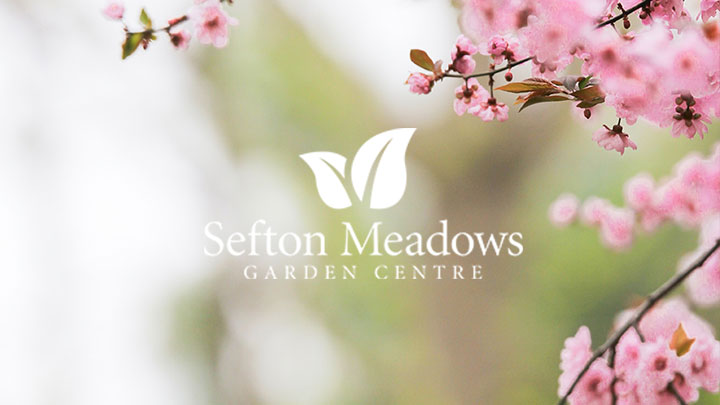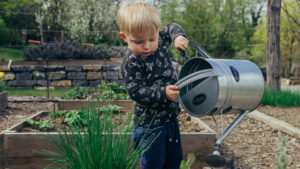Get Spring Ready with our Top Gardening Expert Tips!
February is finally here after a rather chilly and stormy January for most parts of the UK. What with the business of getting back into the work routine post-Christmas, tidying the house, getting the kids back to school, and just the lack of any nice weather, there’s a chance that your personal landscape might be feeling a bit unloved and a bit worse for wear. It can be difficult to know where to really start in a situation like this, and with Spring on the way, it’s a good time to read our extensive list of gardening tips, exclusive from some of the top gardening bloggers on the web.
We’ve spoken with top bloggers to bring you their best snippets of advice to get your garden back in shape in time for Spring. With their help, you’re sure to have your garden brimming with life again in no time! Here’s our list of experts for this post:
Debra Lee Baldwin | Glenda S. Embree | Alison Levey | Nick Moyle & Richard Good | Kenny Point | Stephanie Rose
Debra Lee Baldwin from Gardening Gone Wild
Spring is when the majority of succulents awaken from their winter dormancy. Feed them a balanced liquid fertilizer diluted half-and-half with water and (if they’ve been overwintered indoors) reintroduce them to greater sun gradually, lest the leaves sunburn.
Glenda S. Embree from Busy-at-Home
Prepare your soil, making sure it has the highest possible nutrient content, a good pH balance for the plants you’re growing and is nice and loose for good drainage.
Alison Levey from the blackberry garden
My number one tip in preparing for Spring is to spend the time when its too wet/cold to get outside making seed & bulb lists to buy/order. It’s planning the hope of a good summer.
Nick Moyle from Two Thirsty Gardeners
Don’t be caught cold. Spring has a habit of hitting gardeners with unexpected cold days, with frosts possible in the early part of the season. Give the ground an advanced warm up by covering areas to be sown with fleece or bubble wrap and keep those early sowings under cover until the frosts have long since gone.
Richard Hood from Two Thirsty Gardeners
Before the emerging bindweed on your potato patch signifies the start of spring, head on in to your shed and give your garden tools the once over. A few squirts of WD40 will free sticking hinges and remove any sappy deposits. Treat any wooden handled with linseed oil to prevent premature splitting, and sharpen bladed tools with oil and a decent quality whetstone.
Remember, if you intend to treat yourself to a new set of gardening implements for the season ahead, there are plenty of community allotment groups out there that will gladly accept your old tools.
Kenny Point from Veggie Gardening Tips
My top gardening tip in preparing for spring is to plan ahead. Now is the time to take care of little details like selecting and ordering seeds that you’ll be planting in the spring, as well as sorting through and organizing those seeds left over from last season. Also take some time to map out or just think through the garden’s layout and where you intend to plant specific crops in the coming season. Finally, make sure that your gardening equipment and things like seed starting supplies are all ready to grow!
Stephanie Rose from Garden Therapy
My tip would be to start your own seeds. You can get a lot more variety that way, plus you are in control of the health of the plants from the beginning.
Stephanie also provided a helpful Seed Starting 101 guide here!
We’ve also scoured the web to bring you a set of useful gardening guides to prepare you for Spring; The English Garden wants to give you some productive February tips, Royal Horticultural Society have a list of their top 10 jobs for February (and every other month!), Thompson & Morgan have their best tips for flower, vegetable and fruit gardens, and more, and Dan Pearson over at The Guardian has a list of gardening jobs for February.
Gardening has a huge range of unexpected benefits, such as improved mental health, physical dexterity, and a reduced risk of heart attacks and strokes. It’s good for the wildlife, too – growing a wide range of flowers can encourage bees to nest in your garden, preventing these extremely important pollinators from going extinct!
So for gardening apprentices and veterans alike, hopefully our little guide will help you on the right path to getting your garden Spring ready. Thanks to our experts for their contributions – be sure to drop by their blogs, subscribe, and throw them a Follow on Twitter and Facebook. Thanks for reading!



